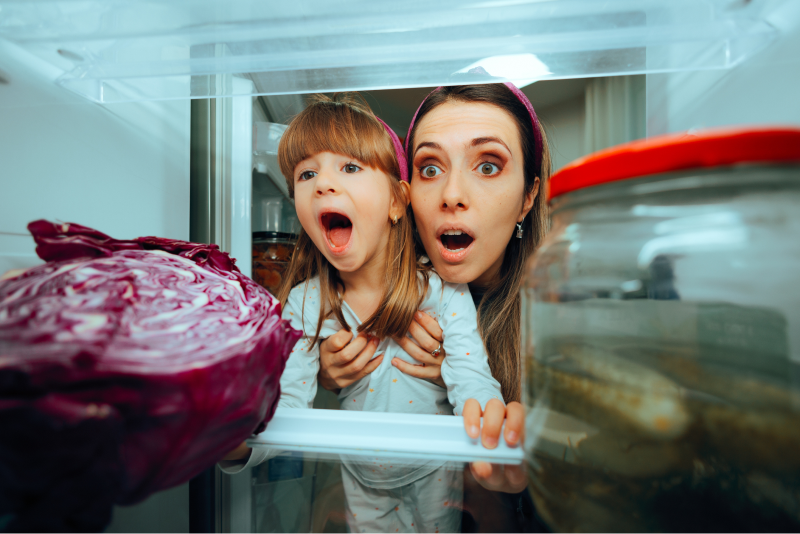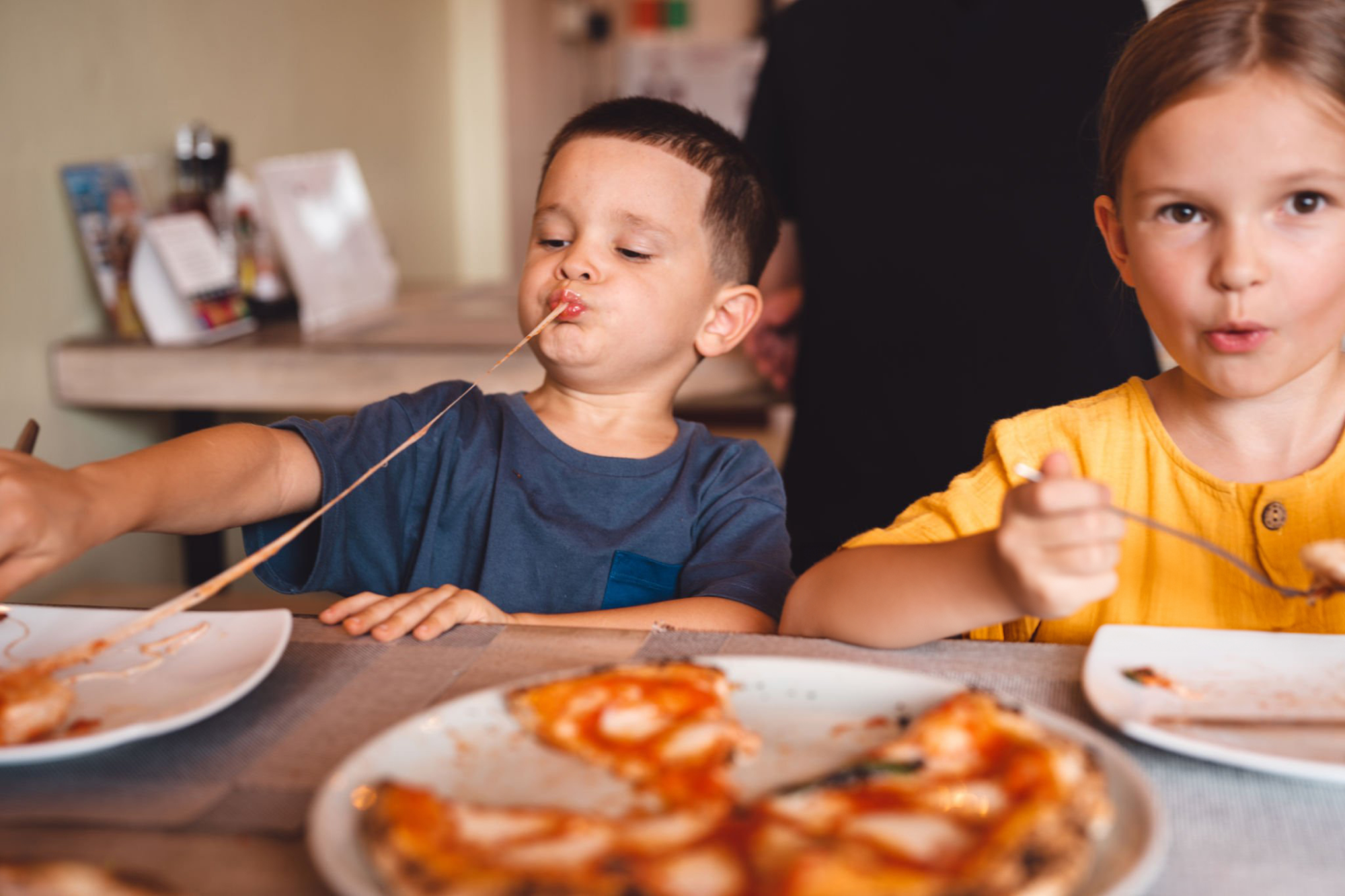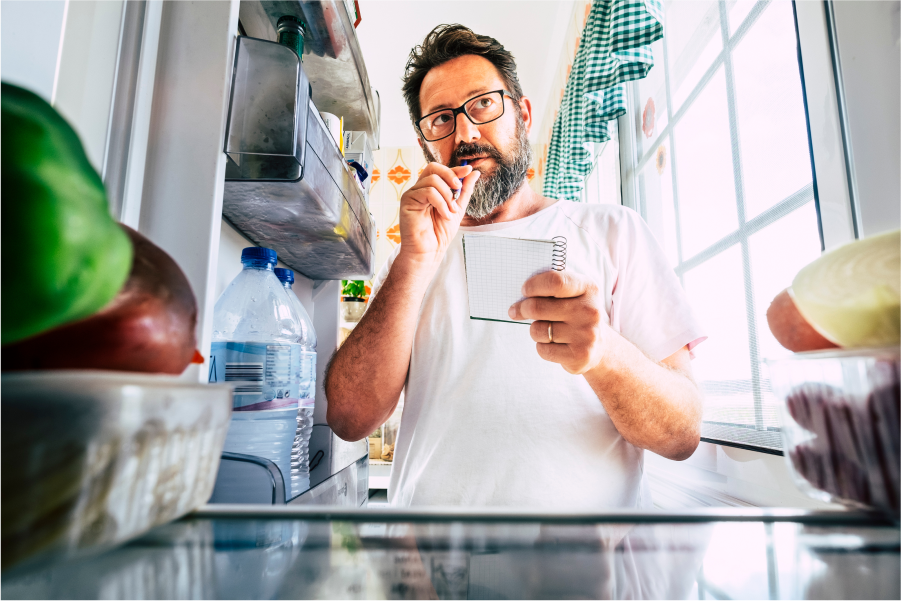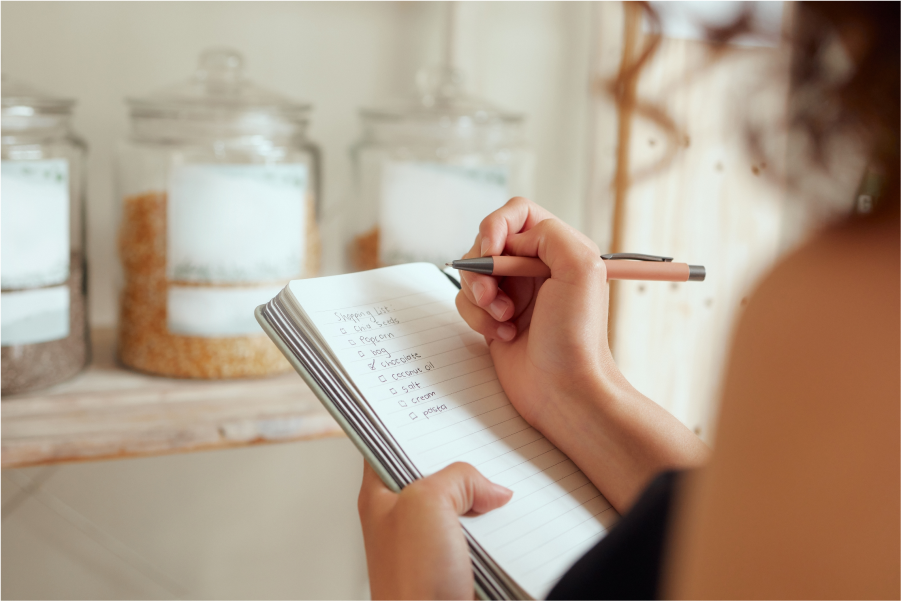
Pack It, Stack It, Chill It: Optimise Your Fridge
Great Unwasters know the importance of organising and optimising your refrigerator. A well-organised fridge helps you keep track of your food, reduces spoilage, and encourages you to use up what you have before it goes bad. If you’ve ever found a forgotten container of leftovers or wilted vegetables hidden in the back of the fridge, you’re not alone—but with some simple strategies, you can ensure nothing goes to waste.
Here’s a guide on how to organise and optimise your fridge to make the most of your groceries and reduce food waste.
Tip 1
Get to know your fridge
Your fridge has more features than you might realize, and each space inside is best suited to different food items.
- Fridge Door: The door is the warmest part of your fridge so should be used to store condiments and drinks – but not your milk (it needs to be colder to stay fresher longer)
- Upper Shelves: The upper shelves are closest to eye height so should be used to keep food that needs to be used up front and centre (Try OzHarvest’s Use It Up tape™). By keeping these foods visible and separate, everyone at home knows they’re fair game for snacking, and you know what needs to be ‘up next’ for unwasting. The shelves at the top are also best to keep your eggs.
- Lower shelves: The lowest shelves in your fridge tend to be the coldest ones. Use these shelves for storing things that need to be kept super cool to keep them fresher for longer, like meat, poultry and seafood.
- Crisper: Your crisper offers a more humid environment than the rest of your fridge, so it is the best spot for vegetables that like moisture to stay firm and crisp – go figure! Some crispers even offer a humidity control vent to change the humidity type depending on what’s inside – fancy! Keep your bananas on the bench though – they produce a gas that can speed up the ripening process for other items.
Tip 2
Chill out!
Your fridge will have a temperature dial in it that most people don’t know quite what do with. Keeping your fridge between 0 and 5 degrees is optimal for keeping your food fresh for longer, so adjust that dial to keep your fridge as cool as possible.
Tip 3
Keeping it sorted
If you have the room in your fridge, consider creating a shelf or space for your ‘next meal ingredients’ together on a shelf dedicated for this purpose so you can easily see what you’ve got to make your next meal, and everyone knows they’re for the next meal, not to be stolen for after work snacks.
Tip 4
Front to Back
The “First In, First Out” rule is a simple yet effective way to ensure you use older items before newer ones. When you buy fresh groceries or open new items, place them behind the older ones. This way, you’ll see the older items first and be more likely to use them before they spoil.
Tip 5
Use Clear Containers and Labels
One of the biggest reasons food gets wasted is because it’s forgotten. When items are stored in hard-to-see-in containers, it’s easy to overlook what you have. Using transparent containers and labelling them with dates will help you keep track of your food more effectively. Learn more about containers here.
Tip 6
Go vertical
Most people don’t fully utilise the vertical space in their fridges. Adding stackable storage containers, risers, or pull-out bins can help you make better use of the height and depth of your fridge, reducing clutter and making it easier to see all your items.
Tip 7
Freeze What You Won’t Use
If you know you won’t be able to use certain foods before they spoil, freezing is a great way to preserve them. Many leftovers, cooked meats, soups, fruits, and even some vegetables can be frozen and used later. Learn more about how to make the most from your freezer here.




